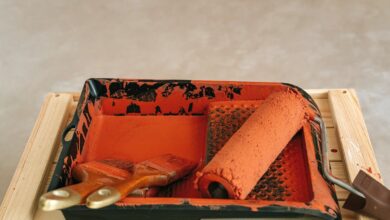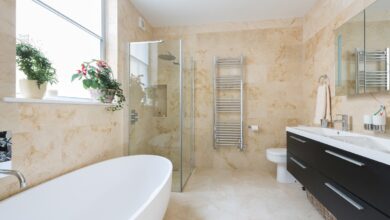The Pros and Cons of Different Types of Gym Flooring
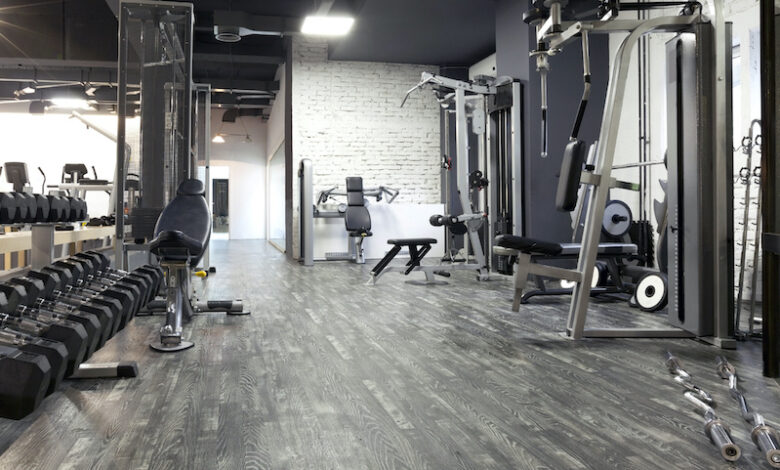
If you’re looking to outfit a gym, choosing the right flooring is a critical decision. Gym flooring needs to be durable, slip-resistant, easy to clean, and able to handle heavy equipment without damaging the surface beneath. But with so many different types of gym flooring available, how do you know which one is right for your needs?
Different Types of Gym Flooring
In this article, we’ll explore the pros and cons of various gym flooring options to help you make an informed decision.
1. Rubber Flooring
Rubber flooring is a popular choice for gym floors. It’s durable, slip-resistant, and able to withstand the weight of heavy equipment. Plus, it’s easy to clean and maintain. However, rubber flooring can be expensive, and some people don’t like the smell of rubber.
Pros: durable, slip-resistant, easy to clean, handles heavy equipment well
Cons: expensive, may have a strong smell
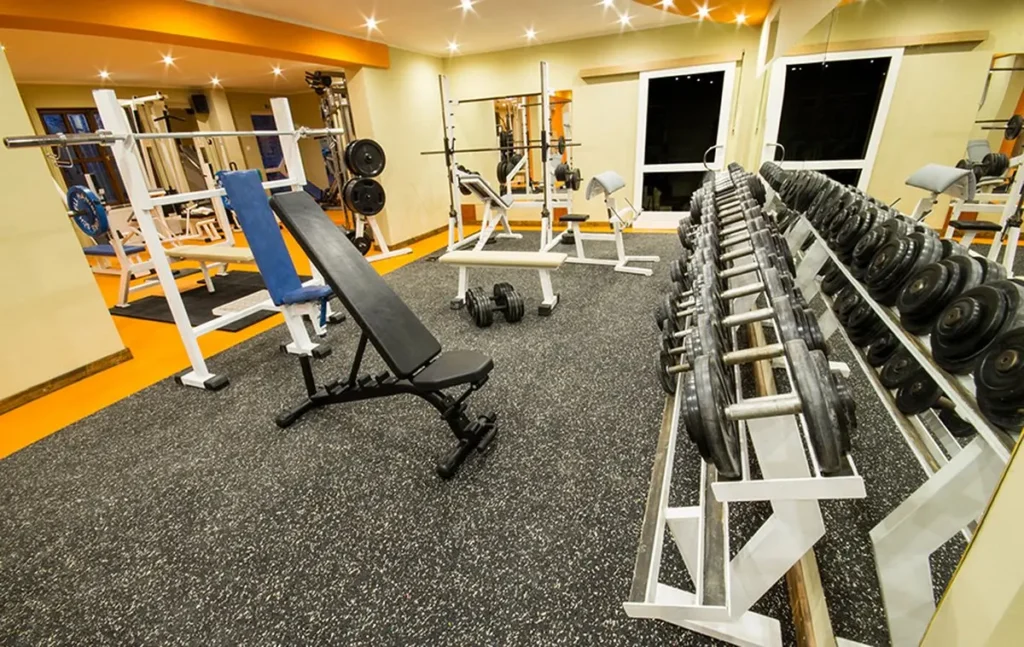
2. Foam Flooring
Foam flooring is a less expensive alternative to rubber flooring. It’s soft and cushioned, making it ideal for activities like yoga and stretching. However, foam flooring isn’t as durable as rubber flooring, and it can be easily damaged by heavy equipment.
Pros: affordable, cushioned, ideal for yoga and stretching
Cons: less durable, easily damaged by heavy equipment
3. Carpet Tiles
Carpet tiles are a comfortable and affordable gym flooring option. They’re easy to install and can be replaced individually if they become damaged. However, carpet tiles can be difficult to clean and are not suitable for high-traffic areas.
Pros: comfortable, affordable, easy to replace individual tiles
Cons: difficult to clean, not suitable for high-traffic areas
4. Vinyl Flooring
Vinyl flooring is a low-cost option for gym flooring. It’s easy to install and comes in a variety of colors and patterns. However, vinyl flooring is not as durable as rubber flooring, and it can be easily damaged by heavy equipment.
Pros: low-cost, easy to install, comes in a variety of colors and patterns
Cons: less durable, easily damaged by heavy equipment
5. Interlocking Tiles
Interlocking tiles are a popular gym flooring option because they’re easy to install and can be quickly replaced if they become damaged. They’re also slip-resistant and durable. However, interlocking tiles can be expensive, and they don’t provide as much cushioning as rubber or foam flooring.
Pros: easy to install, quickly replaceable, slip-resistant, durable
Cons: expensive, less cushioning than rubber or foam flooring
6. Concrete Flooring
Concrete flooring is a durable and inexpensive gym flooring option. It can handle heavy equipment without becoming damaged, and it’s easy to clean. However, concrete flooring is not slip-resistant, and it can be hard on joints and bones.
Pros: durable, inexpensive, easy to clean
Cons: not slip-resistant, hard on joints and bones
7. Hardwood Flooring
Hardwood flooring is a classic gym flooring option. It’s durable, slip-resistant, and provides a natural aesthetic. However, hardwood laminate flooring can be expensive, and it requires regular maintenance to keep it looking its best.
Pros: durable, slip-resistant, natural aesthetic
Cons: expensive, requires regular maintenance
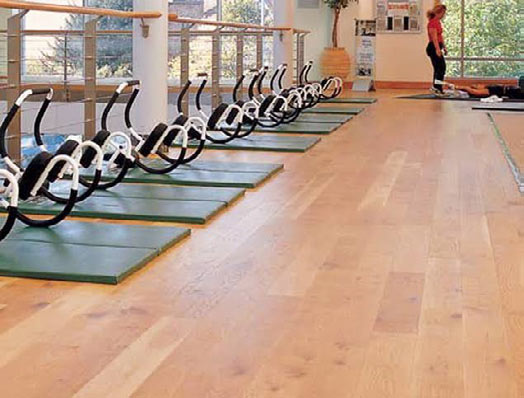
8. Artificial Turf
Artificial turf is a popular gym flooring option for indoor soccer and other sports. It provides a natural playing surface and is easy to clean. However, artificial turf can be expensive, and it requires a significant amount of maintenance to keep it looking good.
Pros: natural playing surface, easy to clean
Cons: expensive, requires significant maintenance
9. Cork Flooring
Cork flooring is a sustainable and environmentally friendly gym flooring option. It’s soft and provides cushioning for joints and bones. However, cork flooring is not as durable as rubber flooring, and it can be easily damaged by heavy equipment.
Pros: sustainable, environmentally friendly, soft, provides cushioning
Cons: less durable, easily damaged by heavy equipment
10. Epoxy Flooring
Epoxy flooring is a popular gym flooring option because it’s durable, slip-resistant, and easy to clean. It also provides a sleek and modern look. However, that type of flooring for gym can be expensive, and it requires a professional installation.
Pros: durable, slip-resistant, easy to clean, sleek and modern look
Cons: expensive, requires professional installation
11. Acoustic Flooring
Acoustic flooring is a gym flooring option that’s designed to reduce noise levels. It’s ideal for gyms located in apartment buildings or other shared spaces. However, acoustic flooring can be expensive, and it’s not as durable as rubber flooring.
Pros: reduces noise levels, ideal for shared spaces
Cons: expensive, less durable than rubber flooring
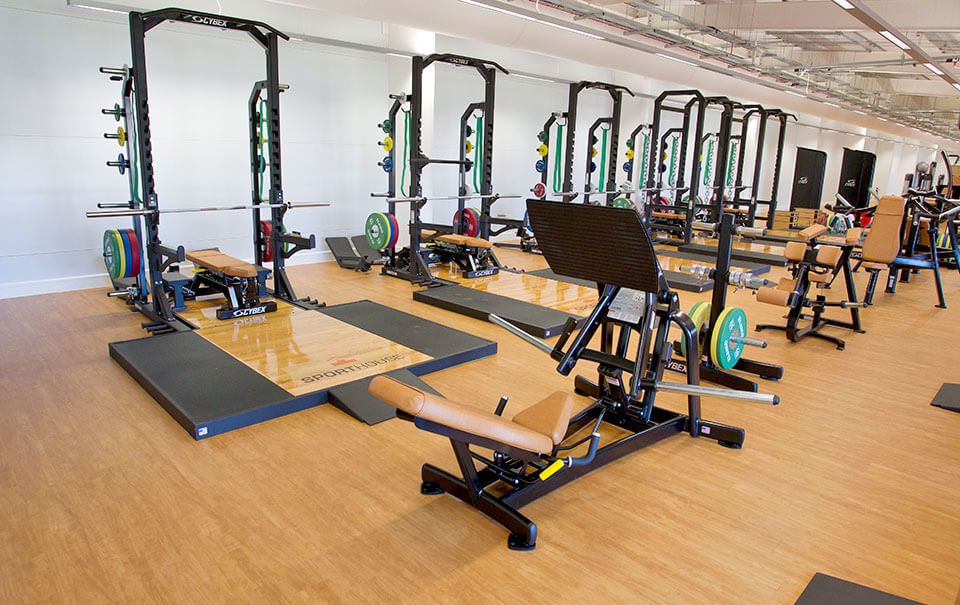
12. Linoleum Flooring
Linoleum flooring is a sustainable and environmentally friendly gym flooring option. It’s durable and slip-resistant, and it comes in a variety of colors and textures. However, linoleum flooring is not as cushioned as rubber or foam flooring, and it can be easily damaged by heavy equipment.
Pros: sustainable, environmentally friendly, durable, slip-resistant, comes in a variety of colors and textures
Cons: not as cushioned as rubber or foam flooring, easily damaged by heavy equipment
Conclusion:
Choosing the right gym flooring is an important decision that can impact the safety, comfort, and overall experience of gym-goers. Consider the pros and cons of each type of flooring, along with your budget and specific needs, to make an informed decision. Keep in mind that investing in high-quality flooring can save you money in the long run by reducing the need for repairs and replacements.

